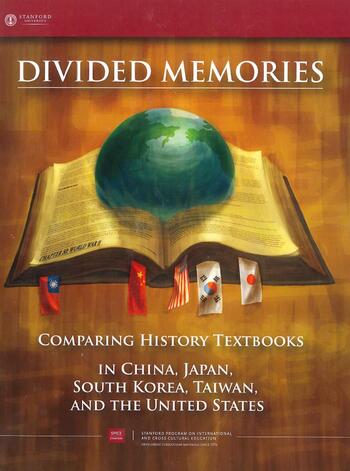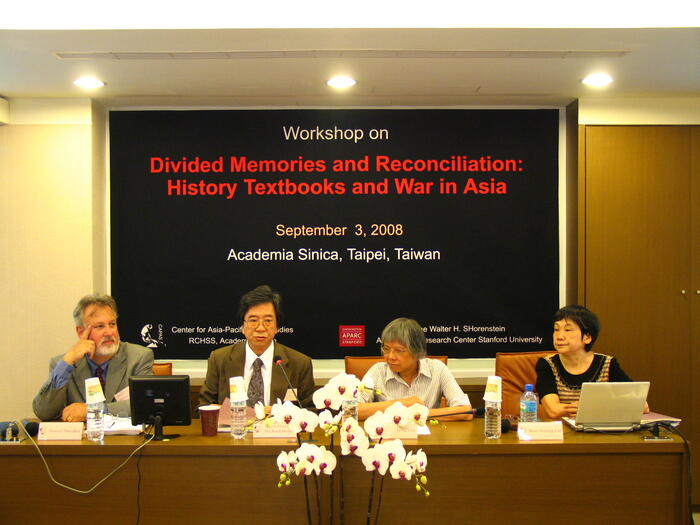Application open for 2019 Summer Institute for High School Teachers
91│į╣Ž is now accepting applications for the 2019 East Asia Summer Institute for High School Teachers. This free three-day institute is 91│į╣ŽŌĆÖs premier professional development opportunity for teachers, combining StanfordŌĆÖs deep content expertise with 91│į╣ŽŌĆÖs award-winning lesson plans.
91│į╣Ž/NCTA East Asia Summer Institute for High School Teachers
July 8ŌĆō10, 2019
91│į╣Ž
Application deadline: May 6, 2019
High school teachers of social studies and language arts are especially encouraged to apply.
Participants will learn from Stanford faculty and other experts about the geography, cultures, politics, economics, history, and literature of East Asia, including a special focus on U.S.ŌĆōAsia relations and the Asian diaspora in the United States. Teachers will also engage in pedagogy-focused discussions and receive training on several 91│į╣Ž lesson plans on East Asia, in order to help them translate their new content knowledge to the classroom. Teachers who complete the professional development seminar will be eligible for a $250 stipend and three units of credit from Stanford Continuing Studies, and they will leave Stanford with several extensive 91│į╣Ž curriculum units in hand.
This professional development opportunity will focus largely on China, Japan, and Korea. For example, last yearŌĆÖs speakers included Kathleen Stephens (former U.S. Ambassador to the Republic of Korea), Peter Duus (renowned Stanford scholar of modern Japan), and Clayton Dube (Director of the USC U.S.-China Institute). The institute also featured speakers like author Chun Yu (who grew up in ChinaŌĆÖs Cultural Revolution) and Joseph Yasutake (who grew up in a Japanese American internment camp), whose rich personal stories brought history to life. 91│į╣Ž staff led complementary interactive curriculum training sessions on ChinaŌĆÖs economic development, the atomic bombing of Hiroshima, South Korean pop culture, and East AsiaŌĆÖs ŌĆ£history wars.ŌĆØ
ŌĆ£Every speaker added a new perspective to historical and contemporary events,ŌĆØ remarked participant Kimberly Gavin. ŌĆ£[The] lectures enriched my knowledge base of topics, curriculum demonstrations gave me ideas for effective lessons in the classroom, small group discussions led to rich conversations about primary and secondary sources, and teacher sharing introduced me to new websites. There wasnŌĆÖt anything that was done that wasnŌĆÖt valuable to meŌĆ” I told my administrator yesterday that this was the best conference I have been to as a teacher.ŌĆØ
More information is available at /fellowships/ncta_for_high_school_teachers. Interested high school teachers can apply directly at . The application deadline is May 6.
The 2019 East Asia Summer Institute for High School Teachers at 91│į╣Ž is made possible by the .
Stay informed of 91│į╣Ž news by or following us on and .
Please note: Due to unexpected funding reductions this year, we are only able to offer our high school institute in 2019. We hope to bring back our middle school institute next year.
Related articles:
- The Freeman Foundation: Supporting the National Consortium for Teaching about Asia for 20 Years
- Institute highlights the teaching of Asia and the Asian-American experience

 Rylan Sekiguchi, Gary Mukai, Shereen Goto, Jonas Edman
Rylan Sekiguchi, Gary Mukai, Shereen Goto, Jonas Edman



